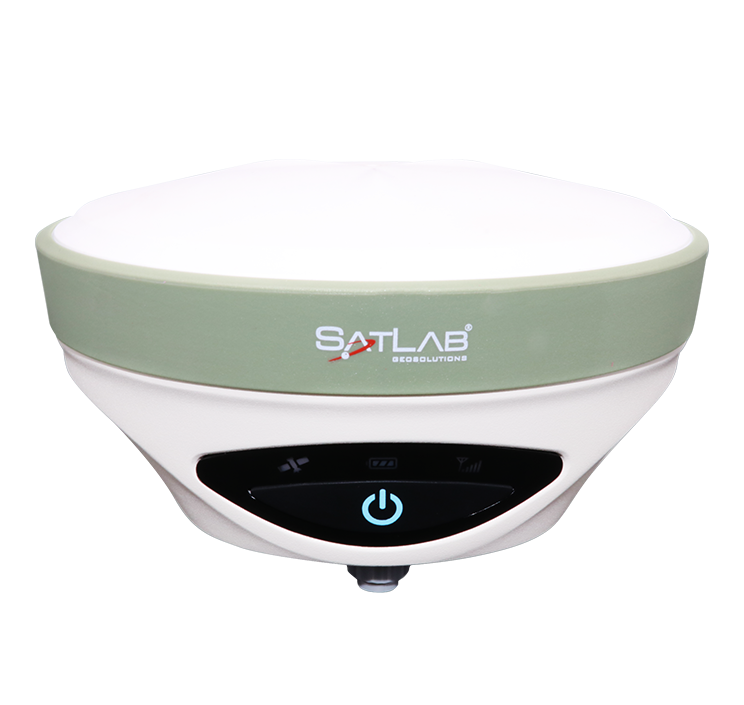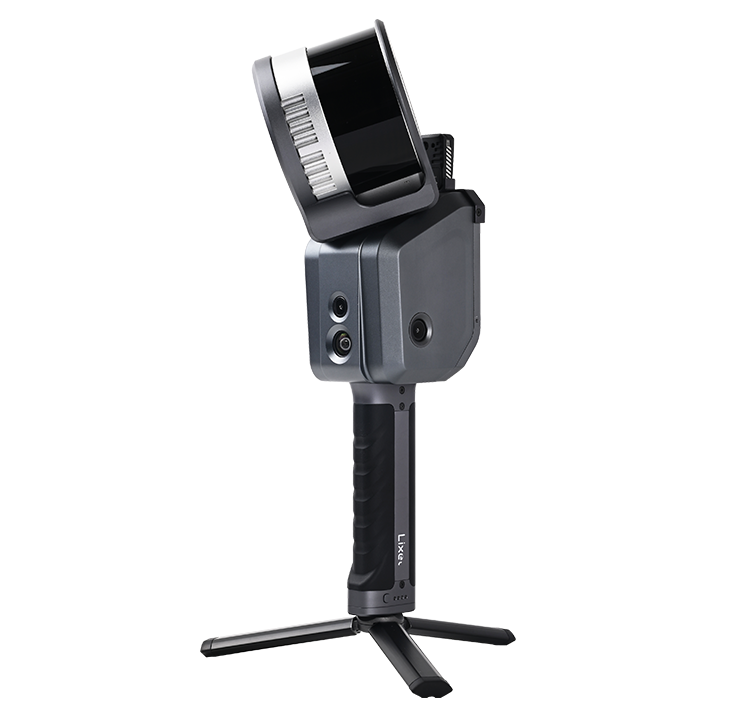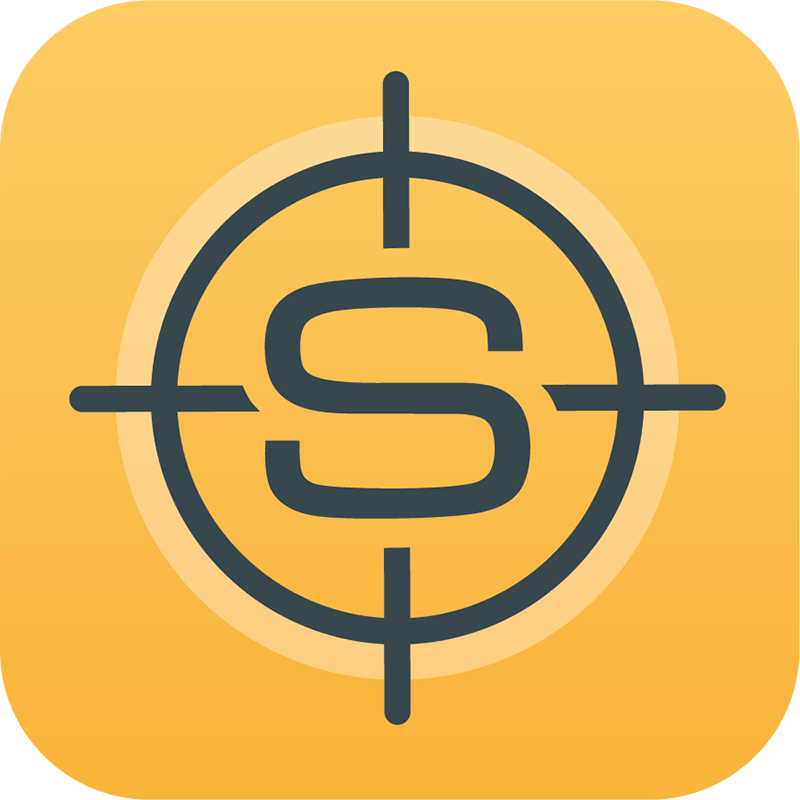- Home
- Case Study
- Apus Drone LiDAR Solutions for Large-Scale Mining Data Acquisition
Apus Drone LiDAR Solutions for Large-Scale Mining Data Acquisition
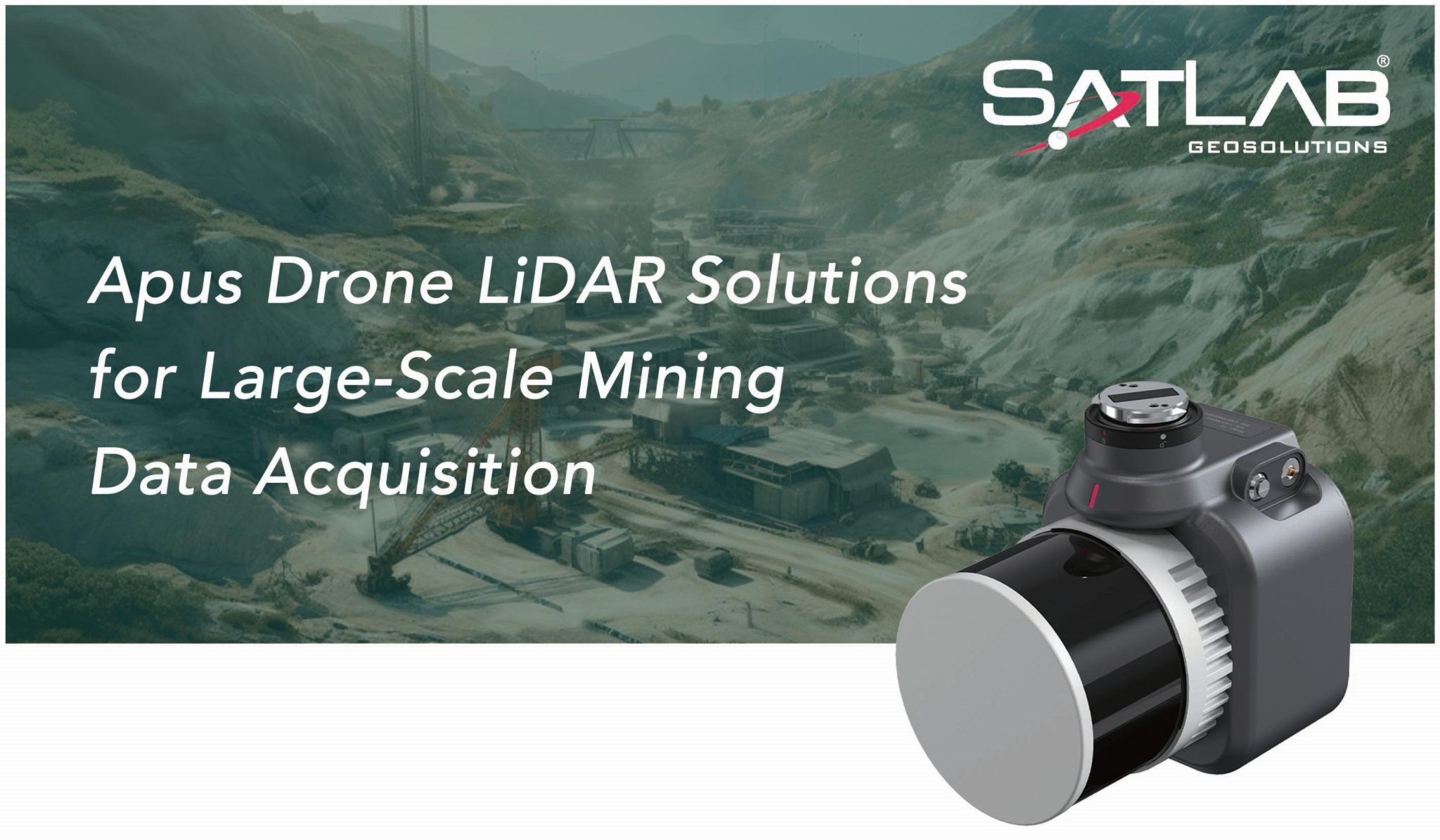
UAV LiDAR for mining mapping enables detailed aerial data collection much faster than traditional methods, leading to quicker and more thorough mapping of mining sites.
Introduction
Mine surveying is of great significance in promoting and ensuring safety production, improving economic benefits, and rational development and utilization of mineral resources. However, mining surveys present a unique set of challenges due to the remote and rugged terrain of mining sites, as well as the potential hazards associated with working in and around active mining operations.
Traditional mining surveying techniques such as total stations and RTK are time-consuming and inefficient in operation, and surveyors are exposed to the hazardous environments, with risks of rockfalls, equipment malfunctions, and other dangers.
In recent years, the rapid development of unmanned aerial vehicle (UAV) LiDAR scanning technology, has provided new technical means for providing high-precision topographic maps and DEMs for mining exploration, monitoring and design.
Project need
The survey area is about 2.2 square kilometers, with an average height difference of 40 meters. The owner requires topography description of interested area to define a management plan, the point cloud accuracy should be higher than 5cm, and needs to output multi-period earthwork volume, DEM, and contour lines.
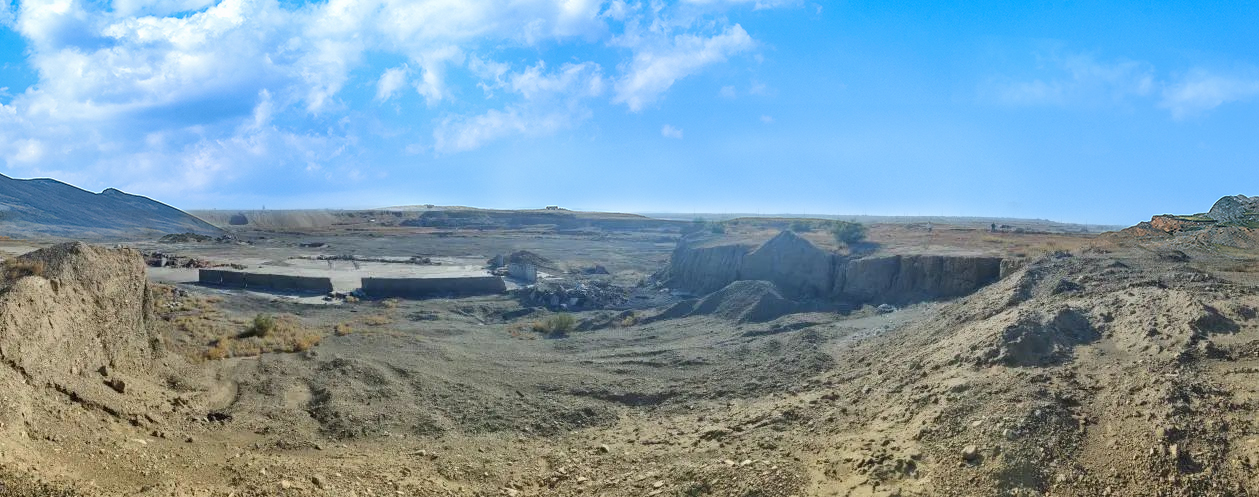
Figuire 1 Mining area overview
Project Parameters
1. Equipment

2. Software
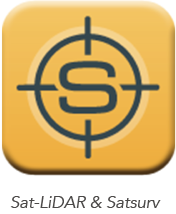
Specification
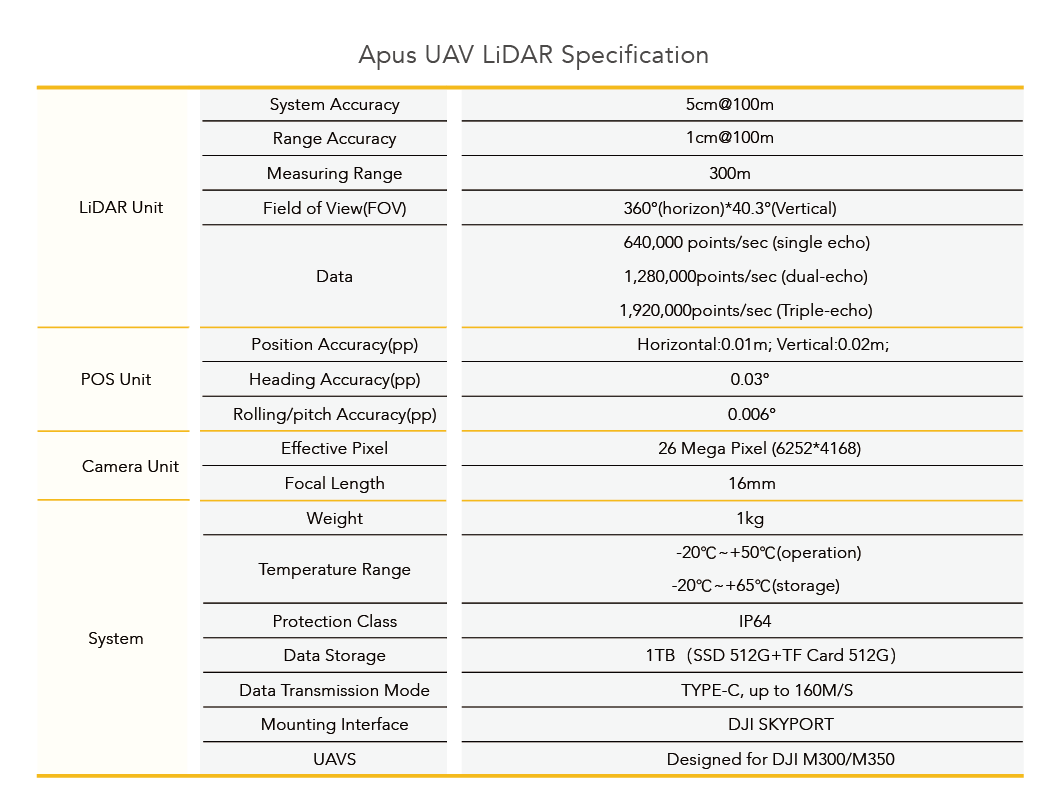
Technical Route
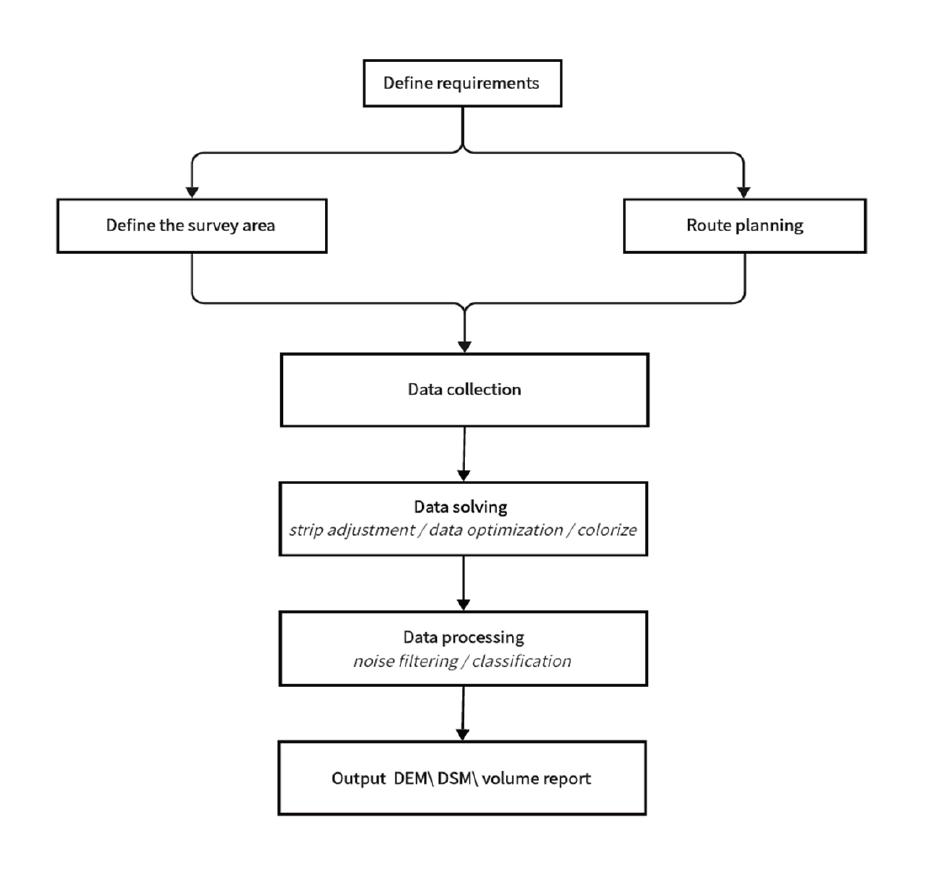
Sat-LiDAR software can automatically solve the collected point cloud data, outputting high-precision color point clouds. By filtering the point cloud data, ground points and their terrain feature classification data in the mining area can be obtained, which can then be used to produce DEM, DSM, contour lines, and other results. Additionally, the software supports multi-phase volume calculation of the mine using TIN grid. It also includes features such as data accuracy inspection, strip adjustment, noise filtering, classification, and point cloud tiling processing.
Results

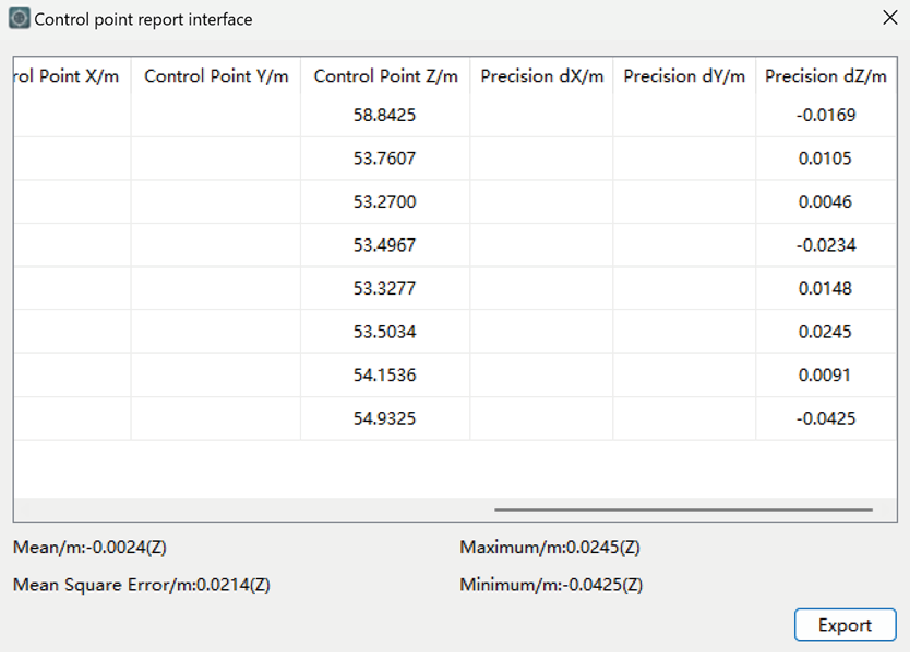
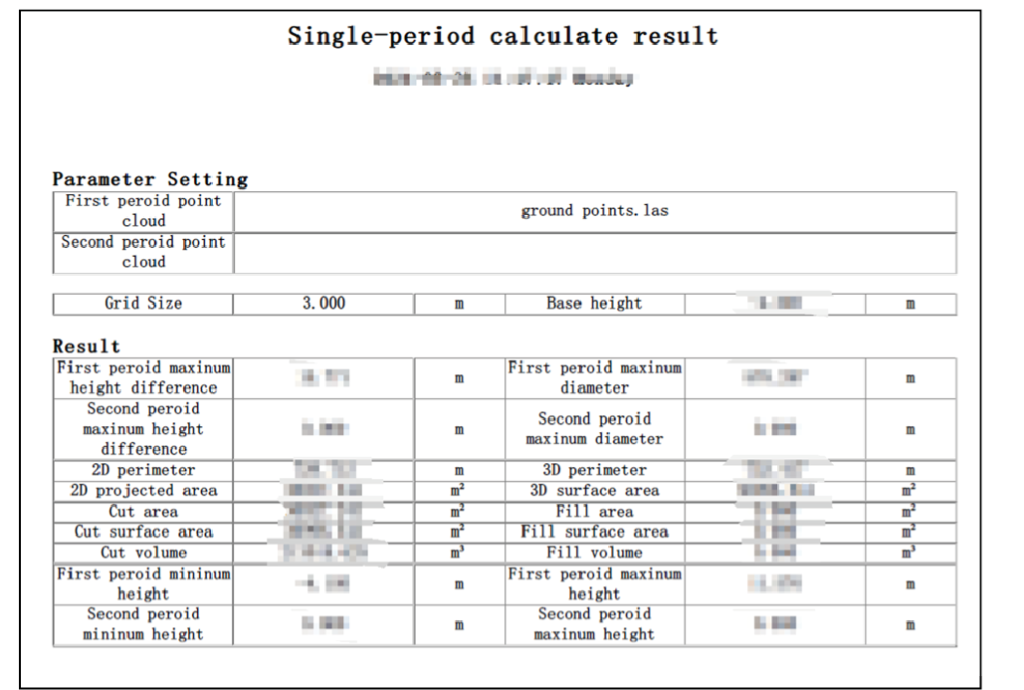
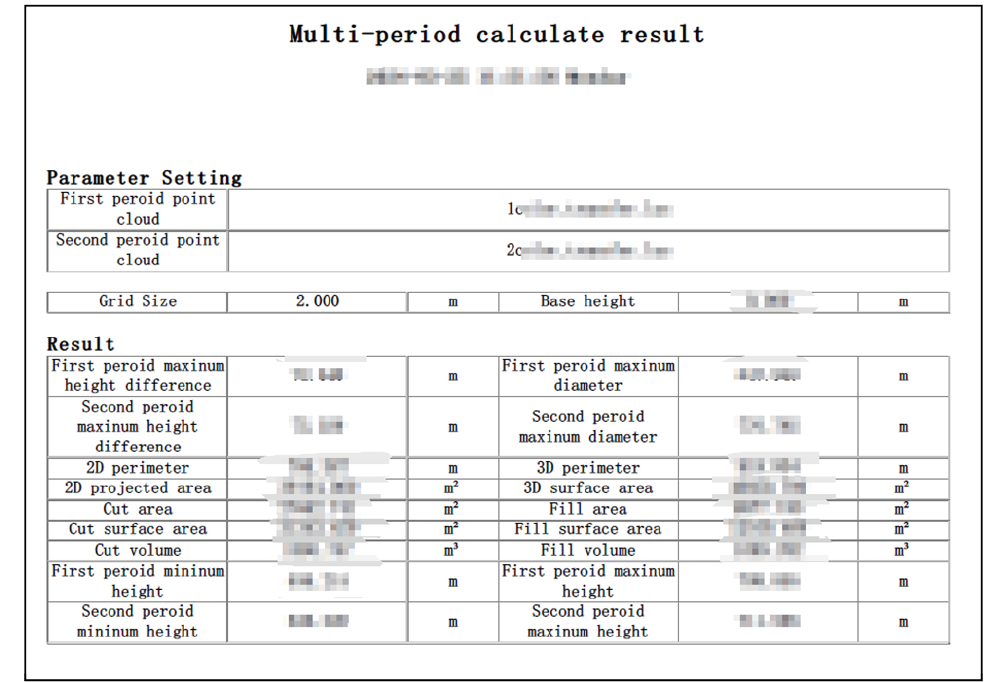
Benefits
One of the key advantages of using UAV LiDAR for mining mapping is the ability to collect high-resolution data quickly and efficiently. UAV LiDAR, on the other hand, can capture detailed data from above in a fraction of the time, allowing for faster and more comprehensive mapping of mining sites.
Traditional surveying methods can be time-consuming and labor-intensive, requiring ground-based equipment and personnel to cover large areas. By using drones to collect data from above, mining companies can avoid putting personnel at risk and minimize the impact on the surrounding environment.
Conclusion
Apus drone LiDAR solution can capture precise measurements of the terrain, including elevation, slope, and vegetation coverage, with centimeter accuracy. This level of detail is crucial for mining operations, as it allows for better planning, monitoring, and management of the site.

.png)
